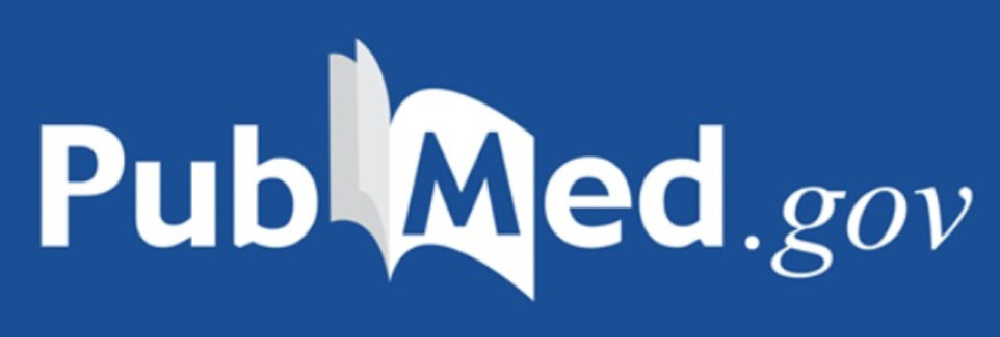Abstract
CB1 is the most abundant GPCR found in the mammalian brain. It has garnered considerable attention as a potential therapeutic drug target. CB1 is involved in a wide range of physiological and psychiatric processes and has the potential to be targeted in a wide range of disease states. However, most of the selective and non-selective synthetic CB1 agonists and antagonists/inverse agonists developed to date are primarily used as research tools. No novel synthetic cannabinoids are currently in the clinics for use in psychiatric illness; synthetic analogues of the phytocannabinoid THC are on the market to treat nausea and vomiting caused by cancer chemotherapy, along with off-label use for pain. Novel strategies are being explored to target CB1, but with emphasis on the elimination or mitigation of the potential psychiatric adverse effects that are observed by central agonism/antagonism of CB1. New pharmacological options are being pursued that may avoid these adverse effects while preserving the potential therapeutic benefits of CB1 modulation. Allosteric modulation of CB1 is one such approach. In this review, we will summarize and critically analyze both the in vitro characterization and in vivo validation of CB1 allosteric modulators developed to date, with a focus on CNS therapeutic effects.
Keywords: Allosteric Modulator, CB(1), Cannabinoid, NAM, PAM
Copyright © 2019. Published by Elsevier Inc.
Conflict of interest statement
Declaration of Competing Interest The authors declare the following financial and biomedical conflict of interest: Ruth A. Ross and Catharine A. Mielnik are co-inventors on a patent application related to ABM300 and structural analogues.
Similar articles
-
Allosteric Modulation: An Alternate Approach Targeting the Cannabinoid CB1 Receptor.Med Res Rev. 2017 May;37(3):441-474. doi: 10.1002/med.21418. Epub 2016 Nov 23.PMID: 27879006 Free PMC article. Review.
-
Translational potential of allosteric modulators targeting the cannabinoid CB1 receptor.Acta Pharmacol Sin. 2019 Mar;40(3):324-335. doi: 10.1038/s41401-018-0164-x. Epub 2018 Oct 17.PMID: 30333554 Free PMC article. Review.
-
Cannabinoid receptor antagonists: pharmacological opportunities, clinical experience, and translational prognosis.Expert Opin Emerg Drugs. 2009 Mar;14(1):43-65. doi: 10.1517/14728210902736568.PMID: 19249987 Review.
-
Behavioral effects of cannabinoid agents in animals.Crit Rev Neurobiol. 1999;13(3):243-81. doi: 10.1615/critrevneurobiol.v13.i3.20.PMID: 10803637 Review.
-
The great divide: Separation between in vitro and in vivo effects of PSNCBAM-based CB1 receptor allosteric modulators.Neuropharmacology. 2017 Oct;125:365-375. doi: 10.1016/j.neuropharm.2017.08.008. Epub 2017 Aug 10.PMID: 28803965 Free PMC article.


